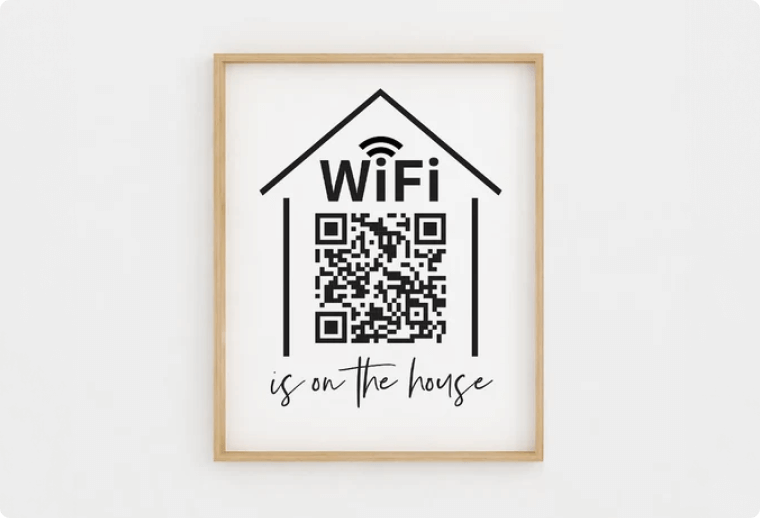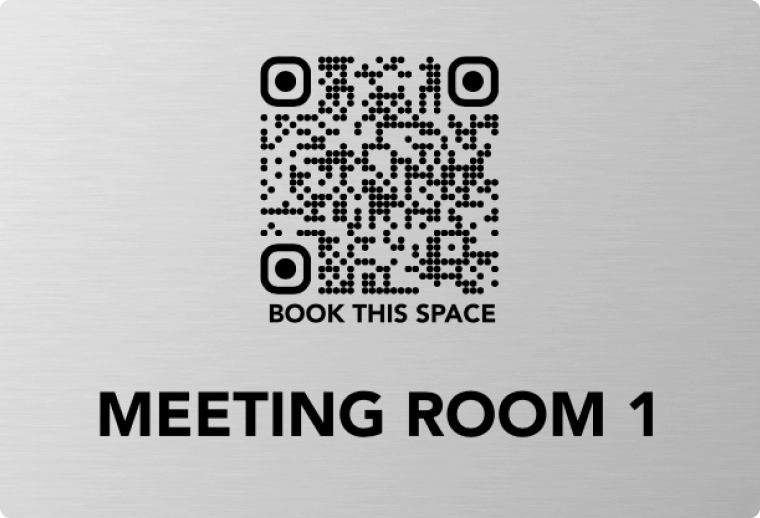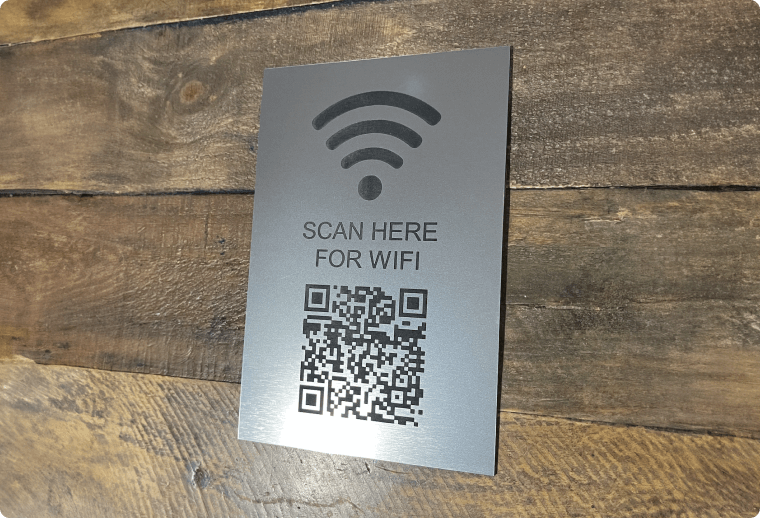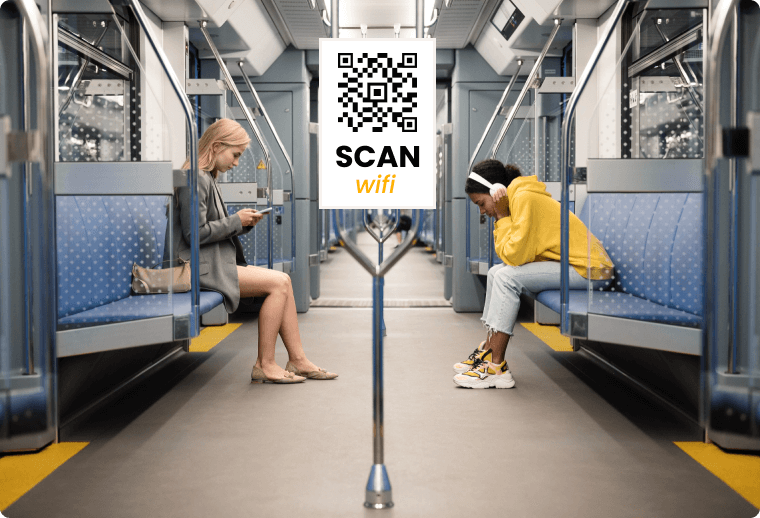Let your guests join the WiFi network in one scan with mobiQode’s WiFi QR code generator
Simplify network access for your guests and patrons with a WiFi QR code. Share your WiFi network securely without disclosing the password.
Data types
QR code maker that fits all your needs
mobiQode offers QR codes for every data type
Create custom QR codes with mobiQode
Preview
Hover over a QR code data type to preview its content

WiFi QR code for every use case
How to create a WiFi QR code with mobiQode?
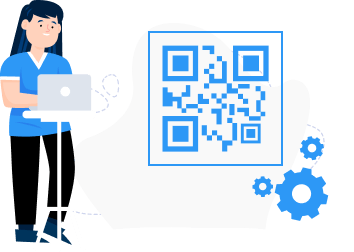
Step 01 - Enter SSID
Provide the network name (SSID) into our WiFi QR code creator.

Step 02 - Add password
If it’s protected, choose the WiFi encryption type and enter the password.

Step 03 - Customize & download
Personalize the design and add color, shape, or stickers. Download when done.
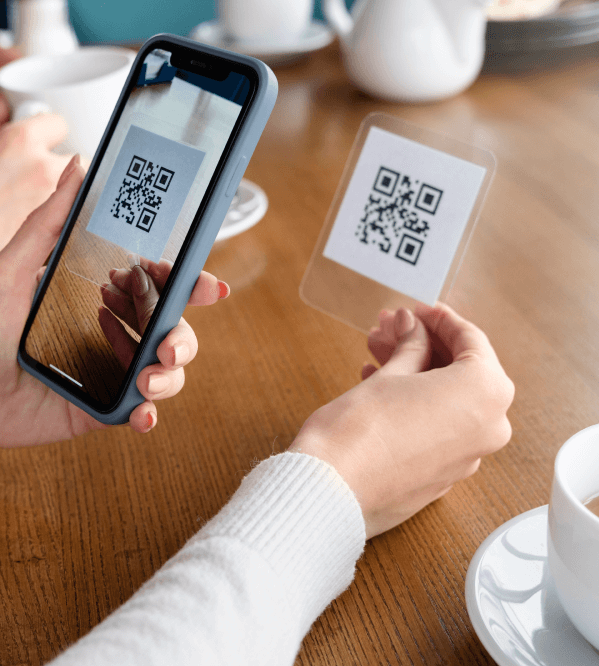
How does a WiFi QR code generator work?
A WiFi QR code generator creates a QR code that allows users to connect to a WiFi network in one scan. Any new users can directly connect to the WiFi without needing to type in the password. It's the easiest way to make a QR code for WiFi and reduce friction in connectivity.
Get Started
Check out the features of our WiFi QR code generator

Dynamic QR codes
Adapt to changing network configurations and edit QR codes without reprinting or redistributing them.

End-to-end customization
Customize QR codes by adding your brand logo and color. You can also choose from available templates.
Tracking and analytics
Analyze user behavior and engagement with mobiQode’s tracking and analytics tools.

GDPR compliance
Ensure data privacy and security with regulatory adherence and secure encryption.

Fast generation
Your WiFi QR code can go live in just a few minutes, ready to be shared across users.

No ads
No annoying ads, just seamless connectivity after you scan the QR code.
Generate and share your WiFi QR code instantly
Get a free 14-day trial, completely on us without any commitments. Upgrade when you are ready.


Frequently Asked Questions
There are many benefits of a WiFi QR code generator, including:
Convenience
A WiFi QR code generator simplifies the process of sharing WiFi credentials. Instead of manually typing in passwords, users can scan the QR code with their smartphone camera, connecting to the network. It saves time and eliminates potential errors.
Security
You reduce the risk of unauthorized access by sharing WiFi credentials via QR codes. Unlike written passwords that can be shared or forgotten, QR codes offer a more secure method of transmission. Additionally, some generators offer options to encrypt QR codes, strengthening security measures.
Customization
You can tailor the QR code design to match your aesthetic preferences by choosing different colors, images, or templates. The customization enhances the user experience and reinforces brand identity.
Versatility
WiFi QR codes are versatile and can be used in various settings, including homes, offices, cafes, hotels, and events. Whether you are hosting guests, managing a business, or organizing an event, a WiFi QR code generator offers a flexible solution to ease connectivity.
Guest access management
A WiFi QR code generator facilitates guest access management by allowing you to create temporary QR codes with limited validity periods. It is useful for businesses, hotels, or events where you want to grant temporary access to visitors without compromising long-term security.
Compatibility
WiFi QR codes are compatible with most smartphones and tablets, regardless of the operating system. This universal compatibility makes WiFi access more inclusive for everyone. Additionally, QR codes can be printed on various materials, such as posters, menus, or business cards, further expanding their accessibility and reach.
A QR code for WiFi stores the following information:
SSID (Service Set Identifier)
This is the WiFi network's name. It identifies the network to which the device will connect.
Password
The password is required to authenticate and join the WiFi network. It ensures that only authorized users can access the network.
Security type
This specifies the type of security protocol the WiFi network uses, such as WEP, WPA, or WPA2. It ensures secure communication between devices and the network.
Hidden network status (optional)
Some QR codes may include information about whether the network is hidden. Hidden networks do not broadcast their SSID publicly and require manual entry of network details when scanning the Wifi QR code.
Scan the QR code
Once the QR code is in view, the scanner app automatically detects it and displays the encoded information on your device’s screen.
Review the network details
Your device will display the details encoded within the QR code. It includes the SSID (network name), password, security type, and encryption. Review this information to ensure it matches the WiFi network you intend to join.
Join the network
Proceed to join the WiFi network if everything is correct. Depending on your device's operating system, you may be prompted to confirm the connection or enter additional information. Once confirmed, your device will attempt to connect to the WiFi network using the provided credentials.
Touchless interaction
WiFi QR codes offer a touchless solution for connecting to networks, reducing physical contact. This makes them ideal for environments where hygiene is a priority, such as hospitals, restaurants, or public spaces.
Cross-platform compatibility
WiFi QR codes are compatible with various devices and operating systems, including smartphones, tablets, and laptops. This ensures connectivity regardless of the user's device preferences or technical specifications.
Enhanced user privacy
Unlike traditional methods of sharing WiFi credentials, WiFi QR codes provide a more secure and private way to transmit sensitive information. Thus, it reduces the risk of unauthorized access or interception.
Remote provisioning
WiFi QR codes can be generated and distributed remotely. This allows businesses to provide network access to remote employees, guests, or clients without the need for physical presence or manual intervention, increasing operational efficiency.
Time-limited access
WiFi QR codes can be configured with time-limited access credentials. This grants temporary network access to users for specific durations, such as hours, days, or weeks, providing flexibility and control over network usage.
Improved marketing opportunities
WiFi QR codes can be integrated into marketing campaigns or promotional materials. This allows businesses to capture user data, deliver targeted messages, or incentivize engagement, leveraging WiFi connectivity as a marketing tool to drive customer acquisition and retention.
Increased customer engagement
For retail stores and restaurants, WiFi QR codes offer opportunities for customer engagement. By displaying QR codes on signage or menus, businesses can encourage customers to connect to the network, enabling targeted promotions, loyalty rewards, and personalized experiences.
Easy onboarding in corporates
In corporate offices and co-working spaces, WiFi QR codes facilitate the onboarding process for new employees. HR departments can provide WiFi access to new hires by sharing QR codes containing network credentials. This expedites the setup of work devices and improves productivity from day one.
Yes, sharing a WiFi QR code with users is safe. WiFi QR codes encode network credentials, including the SSID and password. When users scan the QR code with their smartphone or tablet's camera, the device automatically extracts and uses this information to connect to the WiFi network.
Here are some reasons why sharing a WiFi QR code is considered safe:
Encryption
WiFi QR codes use encryption protocols to secure data transmission between devices and the network. This helps prevent unauthorized access and ensures that network traffic remains confidential.
Limited exposure
Unlike verbally sharing passwords or displaying them on written materials, WiFi QR codes limit exposure to network credentials. Users only have access to the network they connect to via the QR code, reducing the risk of credential misuse or interception.
Temporary access
In some cases, WiFi QR codes may be configured to provide temporary access to the network for a limited duration. This further mitigates security risks by ensuring users cannot indefinitely access the network.
Customization options
A QR code generator for WiFi offers customization options, such as encryption settings or access restrictions. This allows network administrators to change the security parameters of the QR code to meet their specific requirements.
It is important to exercise caution and follow best practices to ensure WiFi security in the following ways
Generate
Generate QR codes from trusted sources or reputable WiFi QR code generators to avoid potential security vulnerabilities
Regularly update network passwords
Regularly update network passwords and refresh QR codes to prevent unauthorized access and maintain network security.
Avoid sharing WiFi QR codes
Avoid sharing WiFi QR codes on insecure channels where they may be intercepted or accessed by unauthorized individuals.
Monitor network activity and implement
Monitor network activity and implement security measures, such as firewalls and intrusion detection systems, to detect and prevent potential threats or breaches.
Yes, you can easily create a QR code for your home WiFi using a QR code generator. Whether you’re welcoming guests or streamlining family access, using a tool like mobiQode allows you to enter your SSID and password to generate a QR code for WiFi.
This eliminates the need to type in long passwords every time. Anyone can scan the WiFi QR code with a smartphone to connect instantly. You don’t even need any technical expertise. Just use a QR code generator that’s available online.
Yes, WiFi QR codes are compatible with both iPhones and Android devices. Most modern smartphones have built-in scanning capabilities that detect and connect to networks via a WiFi QR code.
Android phones usually have a native option to scan a QR code for WiFi within the WiFi settings, while iPhones allow scanning directly through the Camera app. When you generate a WiFi QR code with a trusted WiFi QR code maker, your guests just need to scan and tap ‘Join.’ The connection process is quick, safe, and universal.
To connect using a WiFi QR code, simply open the Camera or QR scanner app on your iPhone or Android. Point your device at the WiFi QR code and wait for the prompt to join the network. Once detected, just tap ‘Connect.’
You do not need to manually enter an SSID or password. This process works with any WiFi password QR code made using a reliable generator. Whether you create a QR code for WiFi at home or use a QR code WiFi generator for your business, scanning these codes makes joining hassle-free. It is ideal for quick, secure network sharing.
No, you don't need an active internet connection to scan a WiFi QR code. The QR code only stores information like SSID, password, and encryption type. When scanned, your device uses that data to connect to the WiFi network itself. The scanning process happens locally on the phone using its camera or QR scanner.
While a QR code itself doesn’t limit users, you can control access through your router settings. Some WiFi QR code generators also support integration with time limits, usage caps, or guest network creation. These tools let you manage how long someone stays connected or how much data they use. It’s a great option for businesses or events that want to offer controlled WiFi without sharing passwords openly.















